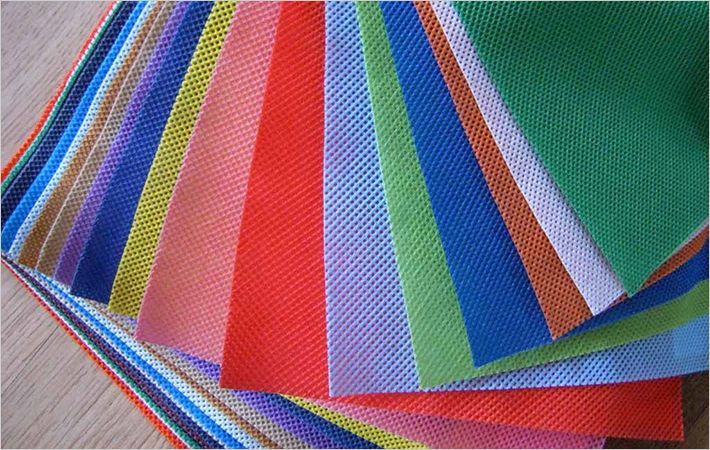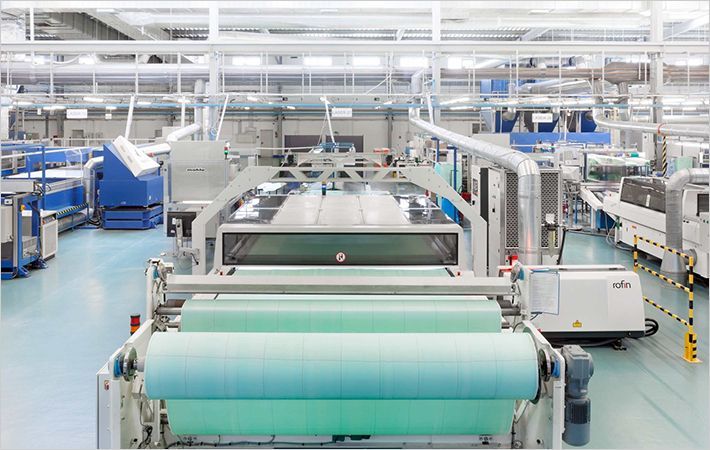To show its commitment to the growing importance of lightweight design in the automotive industry, in mid-2011 BASF established a lightweight composites team. The group focuses on the development of marketable materials and technologies that are suitable for manufacturing high-performance fiber-reinforced parts for automotive applications. More metal can be replaced only through use of lightweight yet strong composite materials and parts, and in this way - regardless of the propulsion system in the vehicle - reduce energy consumption and CO2 emissions even further.
Via its broad product portfolio, BASF is able to investigate three different plastic matrix systems simultaneously and intends to develop tailor-made formulations in close cooperation with customers. "We can build here on BASF's know-how in the areas of epoxy, polyurethane and polyamide chemistry, want to exploit the synergies in the team and will be making a double-digit million euro investment in development in the coming years", explained Willy Hoven-Nievelstein, BASF's head of the Engineering Plastics Europe business unit.To show its commitment to the growing importance of lightweight design in the automotive industry, in mid-2011 BASF established a lightweight composites team. The group focuses on the development of #
RTM and fiber-reinforced composites: easy-flowing and fast-curing
The processing technology behind the new materials is "Resin Transfer Molding" (RTM), which can be used to produce large and complex composite components in a single press-form operation. This involves placing multilayer fiber structures in a heated mold that is mounted in a press. A liquid resin is then injected into the mold, wetting the fibers completely and then curing in a controlled manner. In the newly established RTM laboratory in Ludwigshafen and at polyurethane research in Lemförde, BASF experts are working on the chemical and technical challenges posed by the new matrix solutions. The automobile components to be produced from these materials in the future will be able to withstand high loads despite their light weight.
In addition to the mechanical performance of the finished fiber-reinforced composite part, good flow characteristics and, above all, a short curing time of the resin components represent the primary challenges with all three material systems. BASF already offers solutions on the basis of epoxy and polyurethane systems under the brand names Baxxodur® and Elastolit® R, respectively . Epoxy resin systems from BASF are in use today for the rotor blades of wind turbines. Both solutions employ novel curing mechanisms: thanks to their low initial viscosity, they impregnate the fiber structures very well and then cure within only a few minutes. Thus they address one of the problems that previously represented an obstacle to the use of high-performance composites in automobile production. They are self-releasing and can be processed on existing high- as well as low-pressure equipment. Moreover, the new polyamide systems that are currently under development can be welded easily and also recycled as thermoplastics. Depending on the customer's requirement profile, one solution or the other will fit the bill. BASF is devoting significant effort on accelerated curing of the three plastic matrix systems, and thus a further shortening of the cycle time.
Endless fibers for structural components: carbon and glass fibers
Structural chassis or body components can be manufactured only from composite materials based on endless carbon or glass fibers, and require fiber contents of about 65 weight percent. Endless fibers are already in use today in aircraft and wind power applications, in plant construction, in prototype construction and in short-run automotive applications. Carbon fibers impart very high stiffness as a reinforcing material and are thus of special interest. To interact with application engineers and end users at an early stage, BASF has recently become a member of Carbon Composites e.V. (CCeV), a competence network for carbon fibers and fiber-reinforced composite technology that was established in 2007 and now has more than 120 members. In addition to the performance of a reinforcing material, price and availability are important for rapid introduction of matrix systems to the market. Glass fibers show great potential here: The limits of their mechanical strength have not yet been reached by far.
Multimaterial systems
The overall system consisting of plastic matrix and fiber reinforcement must be processable on a reliable basis a

